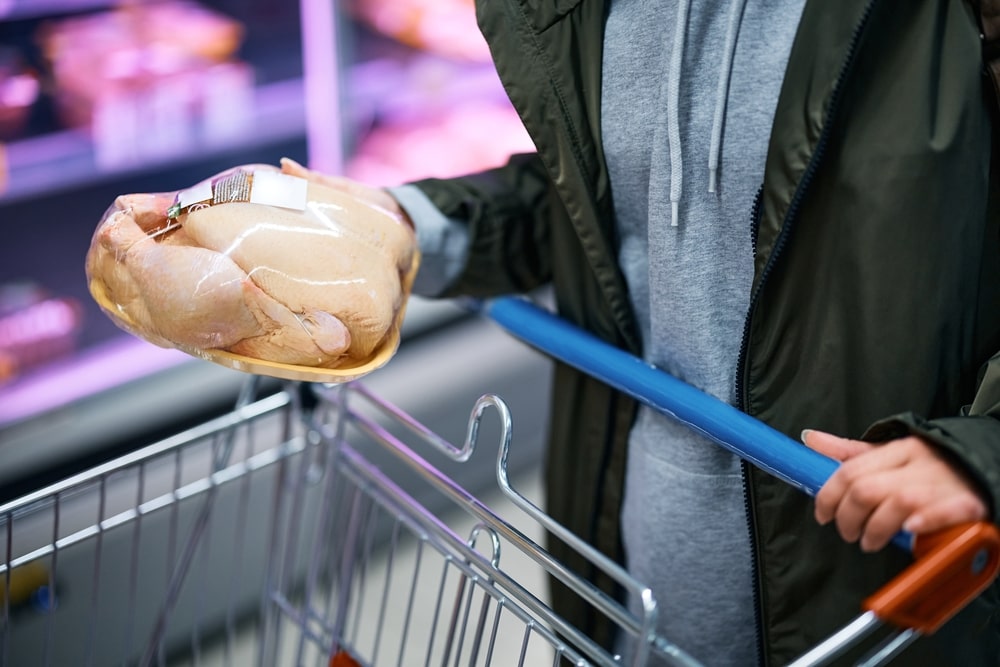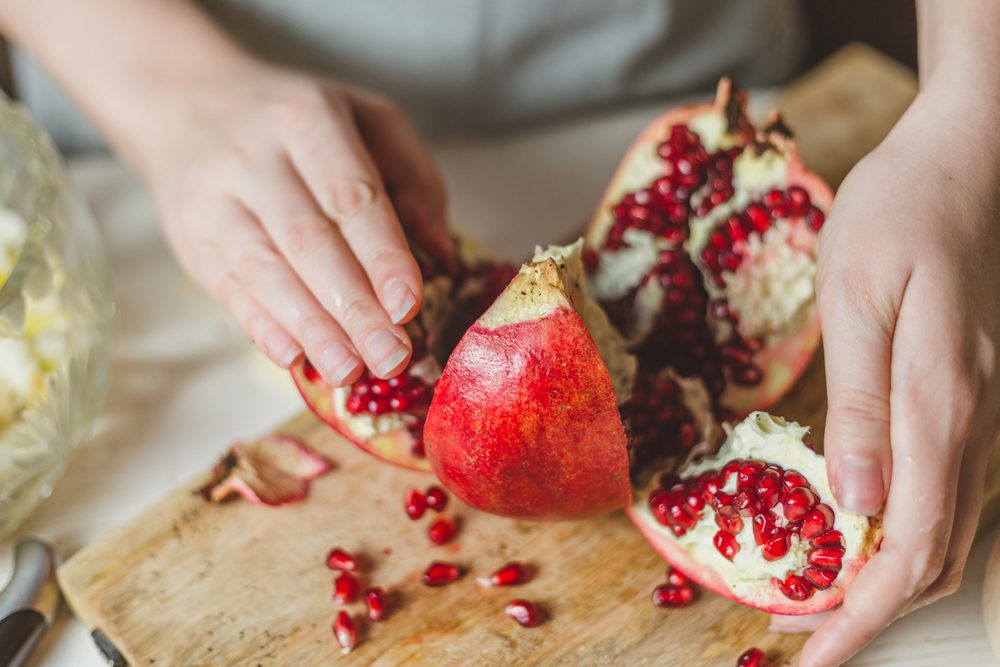Is supermarket chicken that good for you? Here are 5 things experts say!
The US Department of Agriculture said that Americans consume a lot of supermarket chicken, more than pork or beef. There are several recipes you can cook with this type of meat, including roast chicken, grilled chicken breast, soups, stews, sandwiches, pizza, salads, tacos, pasta, and so many other things.
It’s quite easy to cook and meal prep for the week, and you can cook a whole chicken and use it to feed an entire family or to create other dishes for the following days. But is supermarket chicken that good for you? Of course, your local grocery store might have lots of sales, so it’s easier and more tempting for customers to add it to their carts, but should you fall for a special price?
We’ve talked to a couple of doctors and nutritionists about supermarket chicken, and while we all know it’s affordable, easy to store and prep, and also tasty, you might need to reconsider purchasing it again. Here’s why:

1. Water chilling and the lack of flavor
In the United States, water-chilled chickens make up 99% of supermarket chicken sales. But what does it mean, and why should you care about it? To prevent the growth of hazardous bacteria, the U.S. Department of Agriculture (USDA) says that all chickens should be chilled to 40 degrees Fahrenheit within four hours following slaughter.
The easiest and least expensive way to get this temperature is to put the chicken in an ice-cold bath of water that has been diluted with hydrogen peroxide or chlorine. Due to this procedure, the taste of the meat is diluted as it absorbs 2–12% of its weight in water and chemicals. As you can guess, the additional weight affects the chicken’s selling price.
Experts say that you can easily detect whether your supermarket chicken was water-cooled or not by looking at whether the price is per pound or not. If yes, they say that 8% of the meat is water.
Do you know that messy pinky liquid that spills everywhere and chills at the tray’s bottom? That’s a result of water chilling. There’s also another way to remove the potential bacteria, and that implies air chilling, which involves using bursts of air to cool the chicken.
According to experts, the second technique is the norm in Europe and is employed by high-end American producers like our suppliers. It takes longer and uses a lot more space, but the results are worth it (this is a practice small farms will do).
Not only is the meat more flavorful, but the skin—which typically absorbs a lot of water—will brown and crisp far better. As a result, many chefs (and perfectionistic home gourmands) consider air-chilled supermarket chickens the only way to go.
2. What about food safety practices?
Many farmers are concerned about the well-being of their animals. Some sources say that certain large, industrial farms are a hotbed of disease due to the overcrowding and suffering of the animals.
Think of Campylobacter, for instance, a foodborne pathogen that infects approximately 1.3 million people annually, as the Centers for Disease Control (CDC) says. Speaking of that, experts say that factory-farmed chickens create a perfect habitat for Campylobacter to spread because they might have broken bones from rough handling, ammonia stress from inadequate air circulation, heat stress, and stress from rapid growth.
Factories want their future supermarket chickens to be consumed by large masses of people, so they adopted a technique to prevent diseases. They give healthy animals lots of antibiotics to avoid sickness, and the medication contributes to the emergence of resistant bacteria.
The Food and Drug Administration discovered that 10% of supermarket chickens have antibiotic-resistant bacteria in their systems, and the variety of these strains keeps growing. Researchers discovered that antibiotics might not be the cure for animal illnesses, and the best way to keep them healthy is to give chickens enough living space.

3. Poor animal treatment
It’s quite simple to ignore problems with the animal’s quality of life that you are about to eat, especially when it comes to supermarket chicken. People are omnivores, so we eat both plant-based foods as well as animal protein to support our lives. If you want to indulge in something healthy, nutritious, and flavorful, you need to pay attention to where you get your meat from.
The type of chickens grown in factories, which you can probably find in your local grocery chain, are kept in cramped, dark living quarters that aren’t only horrible for the hens themselves but also compromise the quality of the meat due to stress and inactivity. So even if you’re perfectly able to shut out unpleasant thoughts about what it’s like to be a factory-raised chicken, keep in mind that there’s a self-serving angle.
4. Environment pollution
Of course, hens produce manure, and our waterways become contaminated when these wastes are produced in industrial quantities. According to sources, over 600,000 birds are raised annually on an average factory farm, and the majority of them end up being supermarket chickens.
Usually, these birds’ excrement is dumped in adjacent fields, but since these enterprises generate such huge amounts of concentrated manure, this is overapplied and ends up washing into rivers and streams.
For example, a few years ago, the rapid expansion of industrial chicken farming in Maryland, Delaware, and Virginia resulted in 1.5 billion pounds of poultry waste annually, clogging the Chesapeake Bay with algal blooms and “dead zones.”
For huge producers, managing excess waste or assisting with the cleanup simply isn’t a priority, but let’s hope that things will change sooner or later.

5. Small businesses and farmers suffer
According to Christopher Leonard’s exposé, “The Meat Racket,” the largest chicken producers have manipulated the system by controlling distribution through a few hands (mainly well-known brands).
There are several supermarket chickens in every store across the world, but how’s that possible, and why do we eat so much of this meat? Some sources say that poultry farmers who give chicken factories supplies are also asked to buy chicks and feed them.
But in this whole food industry, the ones who have more to lose are farmers and small businesses, and the factories grow larger and larger, and they can mass produce and support multiple grocery stores.
If you want to consume fewer supermarket chickens but still eat this tasty meat, you can purchase it from local farmers or small businesses in your neighborhood or city. They don’t have large quantities of chicken meat; they feed them natural foods without antibiotics, give them space to move and be happy, and therefore you’ll enjoy a better taste.
There’s a huge discussion on supermarket chickens and where people should purchase food from, and we’re curious to know what your thoughts on this topic are. Leave them in the comments below! We believe that everyone should be informed of the pros and cons and then make a decision based on what they know.
Whether you love eating supermarket chickens or meat bought from local farmers, here’s an amazing dip that goes wonderfully with your chicken meat. It’s creamy, sweet, and sour, and delicious! Check it out here!
If you enjoyed reading this article and you’d like to check out something else from Healthy Reads, here’s a good post for you: 10 Things Sugar Does to Your Body

























